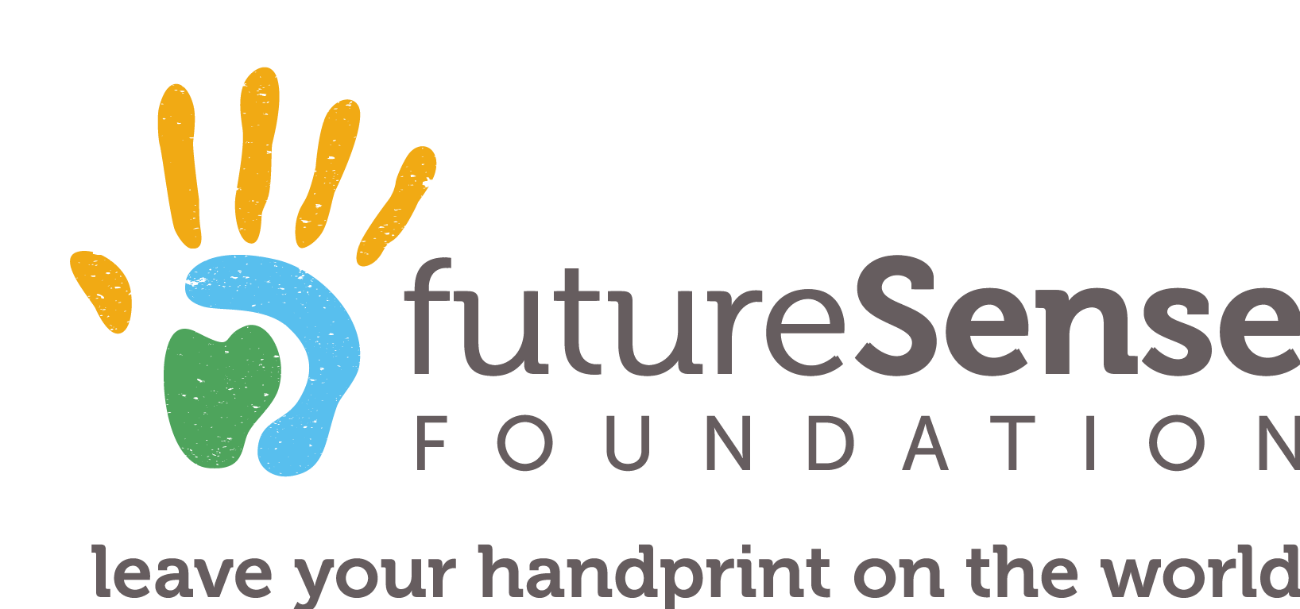Education and Learning
The Issue
- A recent UN report states that 617 million children and adolescents (nearly 60%) who are currently at schools are not meeting minimum learning requirements.
- Significant gender disparities exist in relation to education and learning. SDG Target 4.5 states the desire to eliminate gender disparities in education and ensure equal access to all across the levels of education.
- A lack of education exists in relation to environmental awareness, education will play a key role in mobilising the communities for greater climate action.
- There is a strong focus on “rote learning” across the countries where we work.
The Impact
The Confederation of Indian Industry estimates that 50% of graduating students are unemployable
Children who are not learning, or accessing quality education, are often living in low-income countries and communities, resulting in continued poverty.
Our Programme Approach
Working mainly in low- and medium-income countries, with a focus on disadvantaged areas and communities, our education programme aims to engage children with quality education and provide them with a sense of aspiration. In most of the countries and communities where we work, teachers rely on ‘rote learning’ as the means of passing exams.
There is a lack of focus on developing cognitive thinking, soft skills and a passion or desire for learning. Our efforts aim to break this mould and to develop students to become lifelong learners. Our education programme focuses on the development of soft skills, to build confidence and aspiration amongst children, along with the joy of learning. This is done by providing our partners with modules in:
- Conversational English, reading and storytelling
- STEM education
- Life-skills (extracurricular learning opportunities)
- Teacher engagement and training
The Sustainable Development Goals
By supporting disadvantaged communities, we work towards achieving the SDGs by reducing regional inequalities as well as gender inequalities through the aim of delivering quality education to all. The SDG’s that guide our education and child welfare work are predominantly, Goal 4. Quality Education, Goal 5. Gender Equality and Goal 10. Reduced Inequalities.
2018 Highlights from around the world.
In Thailand
through 284 hours of conversational English workshops across 9 schools in some of the most remote areas of Thailand.
in nepal
provided to support our education initiatives including conversational English and a number of life skills opportunities; drama, sustainability and art.
in tanzania
in our partner school, with an increased focus on our female leaders. We promoted girls into leadership and captain positions in sport to further drive gender equality and the value of girls in leadership
